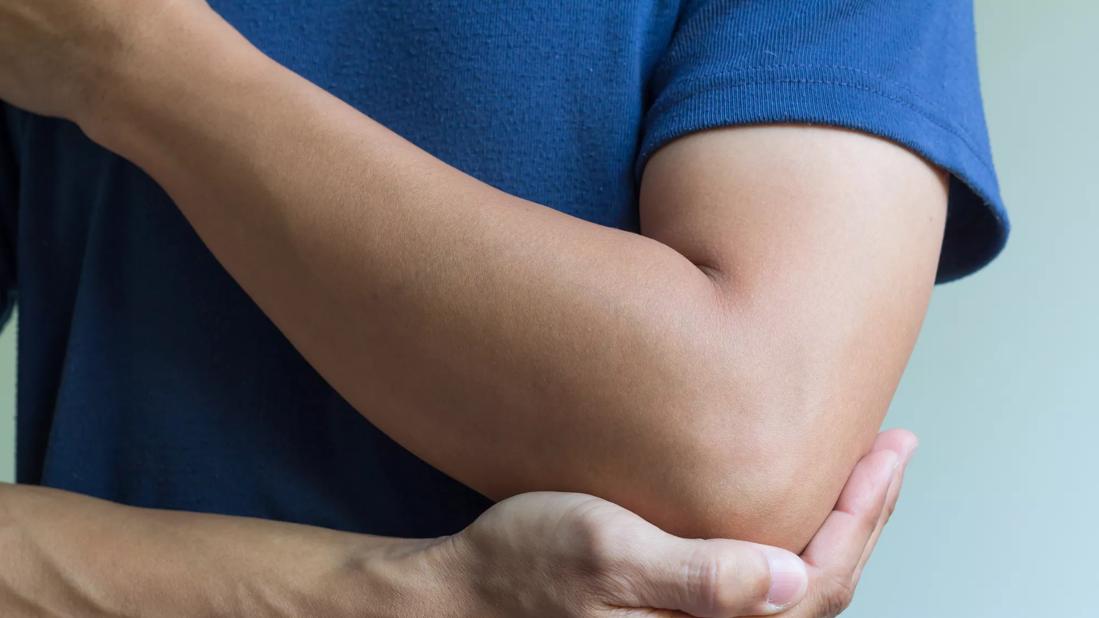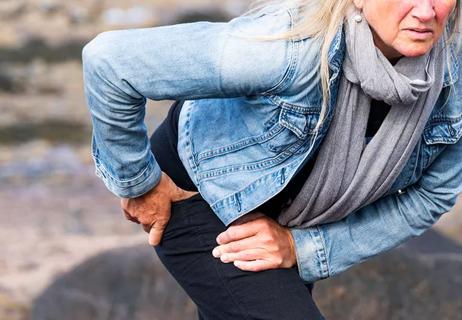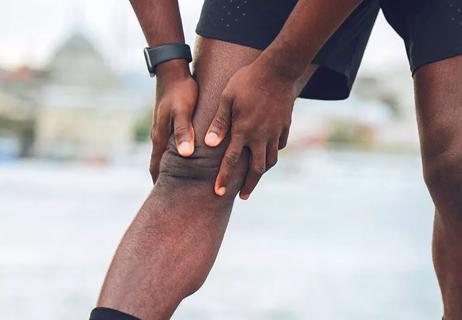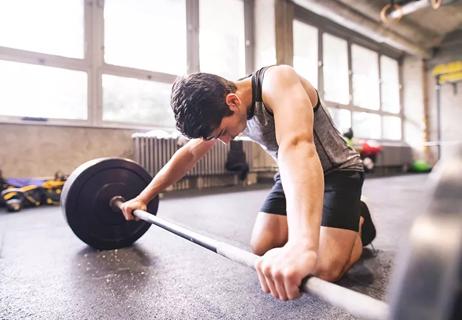See your doctor if pain persists

Whether it’s a painful shoulder, knee or elbow, tendonitis and bursitis are troublesome conditions that can affect just about anyone. The pain can come gradually, building up over time. Or it can feel sudden and severe.
Advertisement
Cleveland Clinic is a non-profit academic medical center. Advertising on our site helps support our mission. We do not endorse non-Cleveland Clinic products or services. Policy
If you feel concerned or unsure about the cause of pain, see your doctor. But in many cases, it’s sensible to give rest and home remedies time to work.
Tendonitis and bursitis are usually caused by repetitive activities. These include gardening, shoveling, painting, or playing tennis or golf.
What’s happening when these conditions strike is a strain to the tendons that connect bone to muscle (tendonitis) or inflammation to the bursa, fluid-filled sacs that reduce friction in the joints (bursitis). Since every joint has a bursa, these two conditions often go hand-in-hand.
They are especially common in the rotator cuff of the shoulder and in the patellar tendon that connects the knee cap to the shin bone.
In most cases, you can treat tendonitis and bursitis at home with rest, ice and over-the-counter anti-inflammatories, such as ibuprofen or naproxen. It may seem simple, but also try to avoid the motion that originally caused the pain.
Give about four to six weeks for these home remedies to help. But if the pain persists, call your doctor.
If tendonitis and bursitis are still causing pain after treating them at home, your doctor will often start your treatment with physical therapy. It can help to alleviate symptoms as well as strengthen the area of injury.
Advertisement
There are other options that are sometimes used to treat tendonitis and bursitis:
Some people think that pain is a sign that something damaging is going on in their bodies. But that’s not always the case. Tendonitis and bursitis may cause temporary pain and discomfort, but they usually don’t cause long-term damage and rarely require surgery.
Take tendonitis and bursitis for what they are — overuse injuries that are common and easy to begin treating at home. Often, this is all they need to resolve. If they don’t within a month or so, call your doctor.
Advertisement
Learn more about our editorial process.
Advertisement

Gardening, jogging, tennis or golf may trigger painful inflammation

Tendinitis is caused by inflammation, while tendinosis is the result of degeneration

Dangers of overtraining + recovery tips

Most recommended precautions center around minimizing bruising or swelling

Even one drink can have an impact on your cognitive function leading to slurred speech, blurred vision and impaired memory

Understand who may (and may not) benefit

Type 2 diabetes isn’t inevitable with these dietary changes

Applying a hot or cold compress can help with pain